
Italy
Such different Christmas celebrations in the most Catholic country in the world
Not everyone in Italy celebrates Christmas as a purely religious holy day observing all the canonical rites of the church. For many, Natale is a compulsive and even thoughtless shopping, a sort of contest ‘who has the best Christmas tree and ‘presepe’’ (the Nativity scene), as well as giving gifts to all friends and relatives with huge ‘panettone’ (Easter cakes) and, perhaps, all play some kind of simplified lotto - tombola.

In Rome, a true Christmas atmosphere begins to be felt only when the flavor of ‘zampone’, a boiled pork leg stuffed with minced pork and lentils, is in the air from the downtown ‘trattoria’. “Initially, it was a tradition in the central and southern Italy, mainly in Abruzzo and Molise,” metropolitan restaurateur Alessio told me. “Shepherds walk down the hills bringing their simple food, as well as their songs and drinks. And today, we live in the ‘globalization’ age, and even in Bologna, a fat ‘zampone’ is not uncommon any more."
On this Catholic holiday, just steps from the Pope, things sometimes happen that are not mentioned in the Christian theology. Somewhere from over the Alps (they say, from the Germanic heathens), a tradition came to Italy to set fire to a Christmas log so that it would smolder until January 6. In Rome, this half-burned firewood is called ‘ceppo’, in Lombardy – ‘zocco’, in Tuscany – ‘ciocco’. The point is not to throw away the remaining coals until the next Christmas. A kind of a home talisman.
About the most ‘delicious differences.’ When to arrange a festive celebration in the family - in the evening of the 24th of December or in the afternoon of the 25th? There is still no ‘all-Italian’ answer to this question. In the central and southern Italy, they prefer to have a hearty dinner ‘On the Eve’, in the northern Italy - on the Christmas Day. Moreover, the dinner on the ‘Eve’ should be strictly fish, because December 24 is a fasting day for the Catholics. December 26, the day of St. Stephen, it is customary to fight the flab gained. Let's reveal the secret: the Italians celebrate ‘Natale’ at the table all three days in a row.
Now, let's go to the South-Eastern Europe
The Balkans
Christmas bonfires and chimney smoke
Winter holidays are a relaxation and entertainment time all over the world, and the Balkans are no exception. Here, you need to be prepared for special experiences. In the Balkans, the traditional Christmas bonfires are added to the usual fireworks. Combined with the smell of grill and hot wine punch, they add an unforgettable aroma to the winter Balkans.
New Year's holidays in all countries of the Balkan Peninsula are celebrated simultaneously according to a similar scenario: Clock Chimes, gifts, firecrackers, guests.
There is much in common in the celebration of Christmas: Christmas carols, night service, a special ‘surprise’ cake.
But Christmas falls on different dates, and they meet it in a narrow family circle according to special traditions.
Greece
Inextinguishable Fireplace and Christoxilo (Christmas firewood)
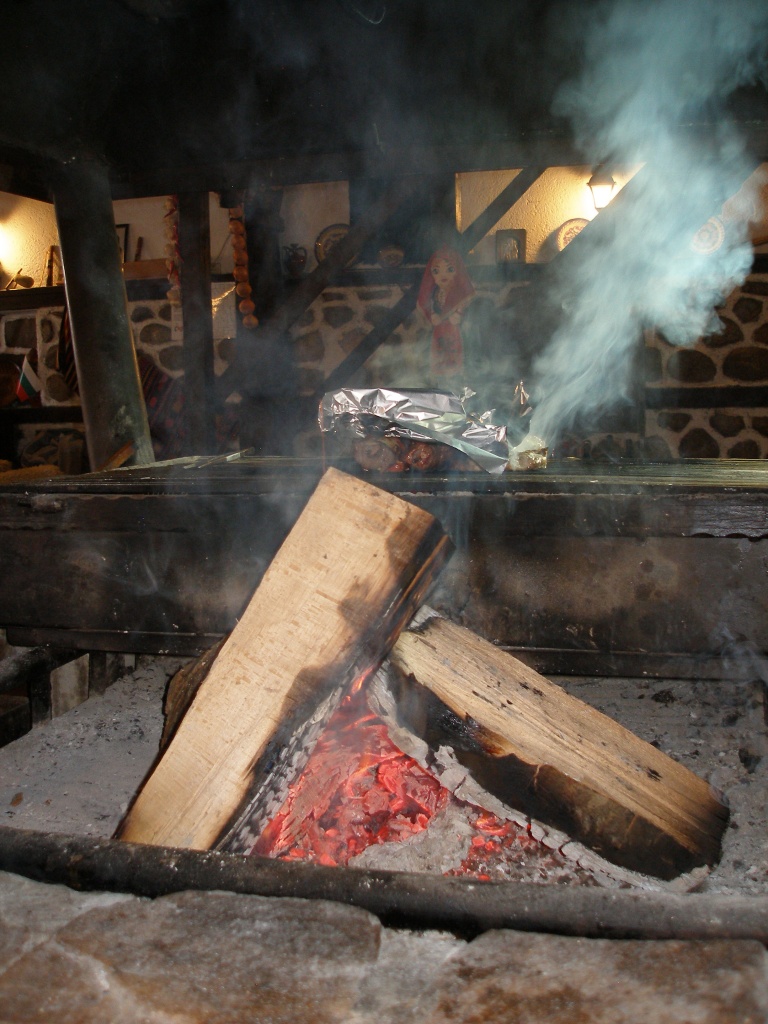
For example, in the small town of Pella in the north of Greece (which used to be the capital of the region where Alexander the Great was born and Euripides was buried), large bonfires are made and the arrival of Christmas is happily welcomed.
Huge bonfires are also made in the centre of Florin, despite the fact that the European Union invests in promoting the ecotourism here, because the place is famous for its beautiful landscapes and the nearby ski resort.
But in Seatista, located not far from the ‘Natura 2000’ protective zone, the custom to make Christmas bonfires is combined with carnival processions and original round dances.
In some regions of Greece, bonfires are burnt not only on the Christmas Eve, but also on the New Year's Eve. And where there is not enough firewood for this, they use dry branches. These are carried along the streets lit and people try to produce as many sparks as possible, sincerely believing that this will bring good luck.
Serbia
Deda Mraz and Oak Bádnjak
In Serbia, the New Year is celebrated first: on December 31, next to the decorated holiday fir-tree, children are waiting for ‘Deda Mraz’ (Grandfather Frost) and ‘Snegulica’ (The Snow Maiden), while adults, sitting at the festive table, enjoy a local strong drink – ‘šljivovica’ (plum brandy). ‘Nova Godina’ (New Year) celebration ends with gifts and fireworks.

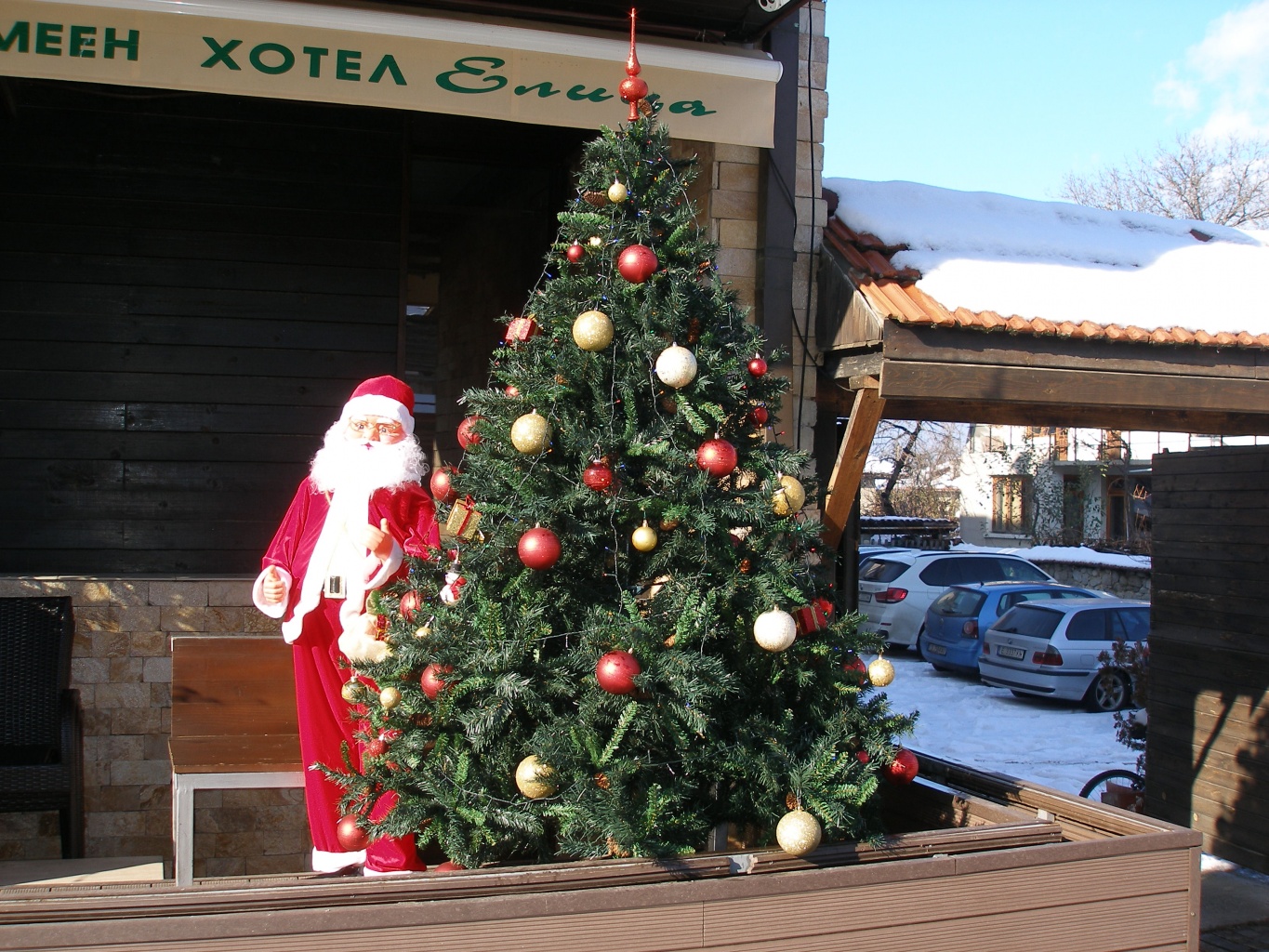
Montenegro
Badnji dan (Christmas Eve) and the položajnik (guest of honour)
New Year's holidays in Montenegro are not celebrated as grandiosely as Christmas. There is no tradition to decorate houses with Christmas trees. Coniferous beauties decorated with illumination and bright Christmas tree ornaments are set only in the city squares, where the main festivities with fireworks and music take place. And the main family celebrations occur on January 6-7, when they celebrate Christmas.
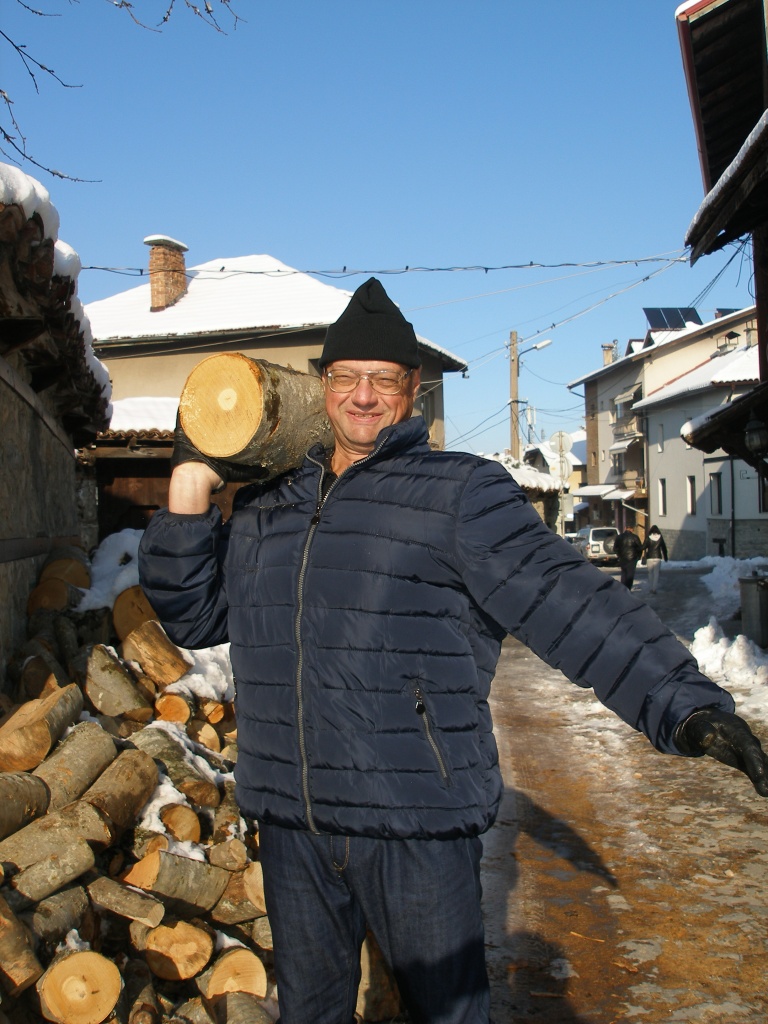
However, the sacred Christmas bonfires are still made. They are lit at the night of January 6 to 7 right near the churches and private houses immediately after the solemn divine worship. The festive mood is supported by ‘rakjia’ (strong drink) and Christmas sweets. Jets of flame and smoke are at the place of the all-night vigil until the everlast ones go home. And in the morning, after the feast's prayer, the celebration starts. But not earlier than the ‘položajnik’ (guest of honor) visits the house. He symbolizes the Magi who welcomed the newborn Jesus. The duties of a ‘položajnik’ include burning the oak twig in the hearth. It is necessary to produce as many sparks as possible, trying not to burn the house, but to attract wealth to it.
Bosnia and Herzegovina
Božić and Božić
In Bosnia and Herzegovina, Christmas is celebrated twice: the Bosnian Croats celebrate it in December, and the local Serbs - in January. These two Christmas celebrations differ not only in dates, but also in traditions.
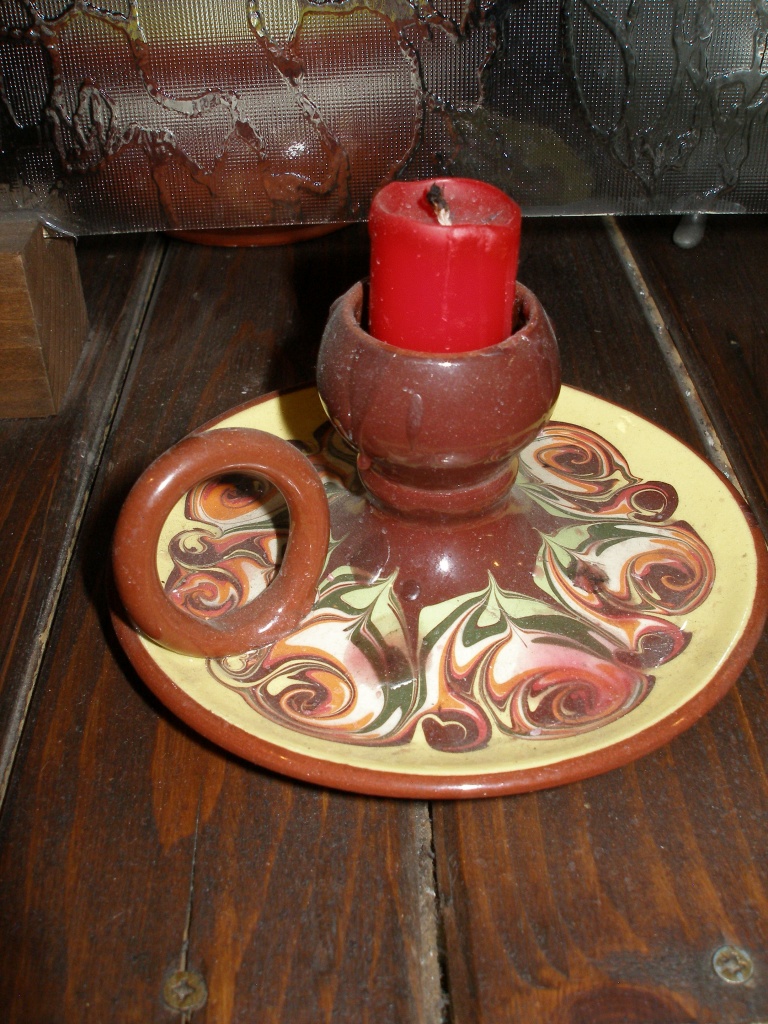
But the Serbs of Bosnia and Herzegovina precisely observe the canonical rituals of the Orthodox Christians of the Balkan region: on January 6, they must bring a ‘bádnjak’, strew it with grains, pour it with wine, and then burn it solemnly, most often outside. Well, on January 7, of course - a lavish feast. In this, the traditions of the Serbs and the Croats completely coincide: there should be plenty of food and it is desirable to enjoy it drinking their famous ‘šljivovica’. The name of the Christmas coincides, too: the local Catholics and Orthodox pronounce it the same way - ‘Božić’ (Bozhich).
Bulgaria
Coleda and a ‘Minute of Love’
In Bulgaria, winter holidays begin a week before the New Year and last - with short breaks - until January 8. At first, everyone cheerfully meets ‘Koleda’ - Bulgarian Christmas. It is celebrated on the night of December 24 to 25. The Bulgarians also celebrate a church service, have a sumptuous table and burn traditional logs. The bonfires outside are not made - only a home hearth, because the most common type of heating among Bulgarians is a wood-burning fireplace. Therefore, in a cold season, dense smoke appears in the cities and villages of Bulgaria. The European Union has repeatedly expressed environmental concerns about this, but the problem remains, since no alternative to wood heating has yet been found: electricity and gas are very expensive here, and the income level of the population is among the lowest in the EU countries.
Croatia
Advent and Sylvestrovo
In Croatia, Christmas is celebrated on December 25. According to the Catholic tradition, the ‘Advent’ - the preparation period for the most important winter holiday - begins 4 weeks in advance. At this period, Christmas fairs are arranged on the streets and Advent wreaths with 4 candles appear everywhere, which are lit sequentially every Sunday. By Christmas, all four candles shine in a wreath.
Slovenia
Miklavž, Santa Claus and Dedek Mraz
It is in this order that the magic characters of the winter festivals ‘visit’ Slovenia. On December 6, the Day of St. Nicholas, ‘Miklavž’ was the first to manifest himself, putting sweets in special socks.

However, not only children have fun in this magical time. Adults also have fun: Slovenia is very fond of making Christmas crèches, competing whose crèche is better. It comes to the point that, instead of man-made figures, real animals take part in the Nativity scenes, and the biblical characters are played by the professional actors and amateurs. The Christmas crèches look especially impressive in the ‘Postojnska jama’ (Postojnska Cave) not far from Ljubljana. The spectators can enjoy a colorful musical performance in the unforgettable atmosphere of the karst caves.
Of course, during the holidays, Slovenia’s residents and guests can enjoy all the beauties of the Christmas fairs, colorful illuminations and beautifully decorated fir trees, and even fireworks. Indeed, normally, any pyrotechnic fun is prohibited here. Only in the New Year festival it is allowed to use skyrockets and firecrackers in Slovenia. And this is called the ‘Festival ognjemeta’ (Fireworks Festival).
Northern Macedonia
Božik and the Fool
In the Republic of Northern Macedonia, ‘Nova Godina’ (New Year) is celebrated on the streets with music and fireworks - no festive tables. Well, perhaps, enjoy fried chestnuts and mulled wine. But on January 7, on ‘Božik’ (Christmas), usually they lay a sumptuous table with a sacrificial plate in the centre, where they put a piece of all the Christmas delicacies. In the houses decorated with fir branches and candles, close relatives gather at the festive tables, pray together and have fun. They also try their luck with ‘Börek’ (a pie). A coin is specially baked into it, and whoever gets it will be lucky, at least until the next ‘Božik’.
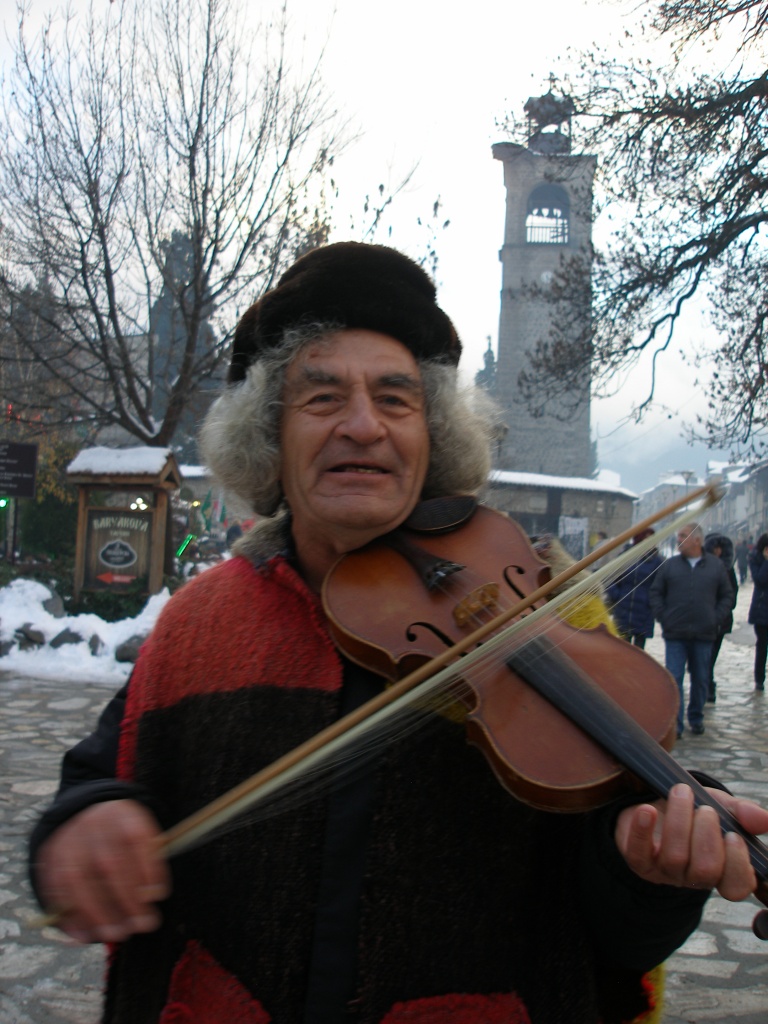
Vevkani Carnival is one of the few in the Balkans that is officially part of the Federation of European Carnival Cities (FECC).
Albania
Krishtlindje and Babagjyshi
Surprisingly, December 25 is a day-off in Albania. But here, everyone celebrates his own holy day: believing Christians celebrate Christmas, and the Muslim majority population celebrates Krishtlindje, the day of the winter solstice. And if everything is clear with the Christians - the traditional Christmas Eve is followed by a Christmas liturgy and congratulations at the festive table, the things are much more complicated with the rest of the Albania’s population.
Firstly, Krishtlindje, Kershendella, Kullanat, Kolendre are celebrated at the same time, which can mean ‘mid-winter’, ‘deep snow day’, ‘Christmas night’ and even the ‘Christmas cake’. Secondly, this ‘explosive’ mixture of Christianity and heathendom results in completely different ceremonies: in some places in Albania, people light candles in all corners of the house, and in other regions, they put a small piece of wax in the hearth.
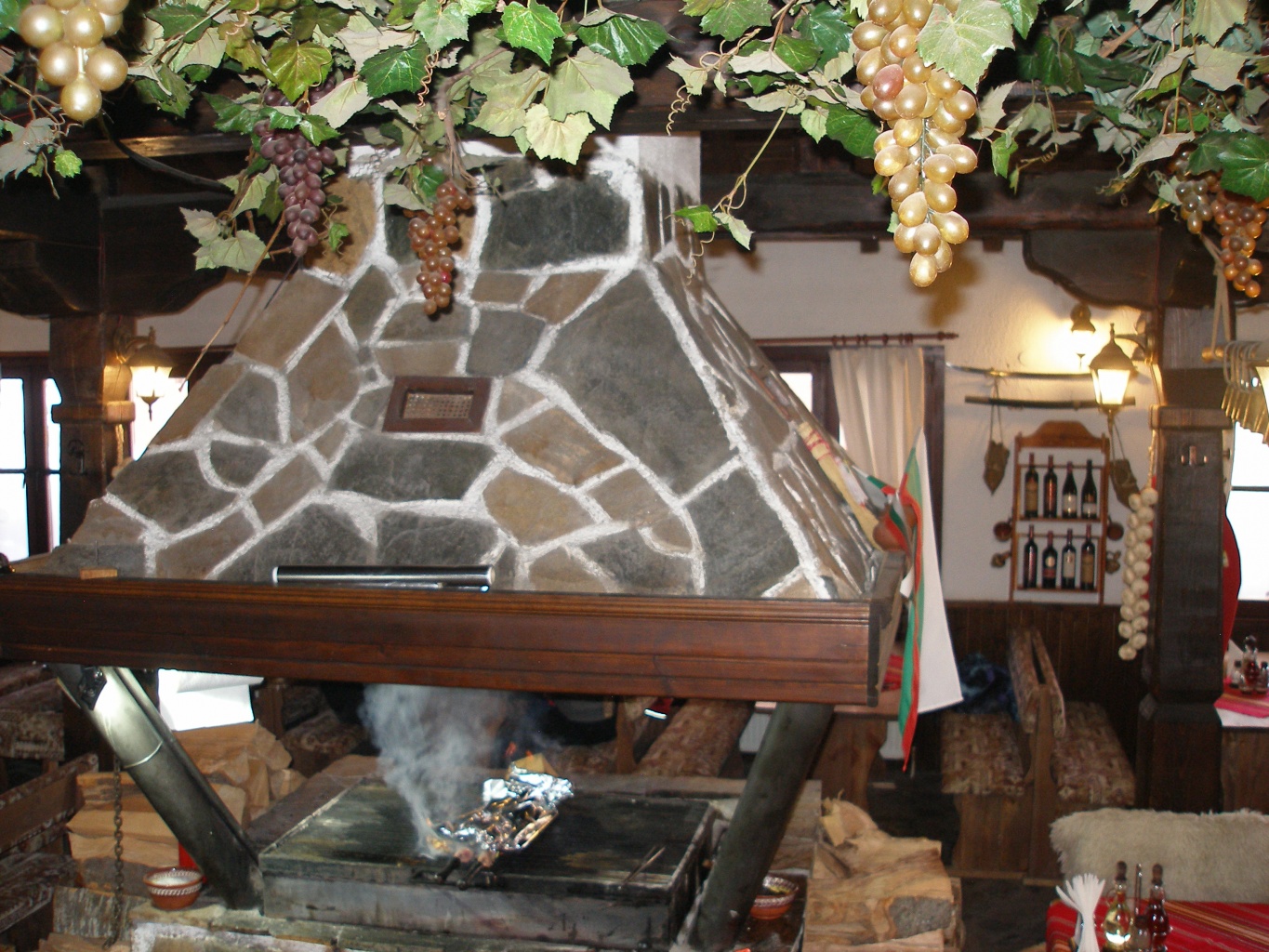
But in a few days, on January 1, they set the tables again to celebrate the New Year with traditional Christmas trees, fireworks and gifts from ‘Babagjyshi,’, the Albanian Santa Claus. Yet, the New Year is far from the most important fest in January in Albania: all Muslims of the country celebrate Navruz. However, this is a spring story.
Romania
Mos Craciun and Anul Nou
In Romania, Christmas and the New Year are so similar that December 25 is called ‘Great Christmas’, and January 1 is called ‘Small Christmas’. Both holidays begin with carols – the guisers dressed in lambskins and goat masks sing wassails - good wishing songs - and receive money and refreshments in return. The more generous the gifts are - the louder the songs. Then comes the turn of religious ceremonies: the church service on December 25 and the burning of wax candles in front of the icons on the night of January 1. It is interesting that it is a tradition to decorate the New Year tree not only with Christmas ornaments, but also with small icons.
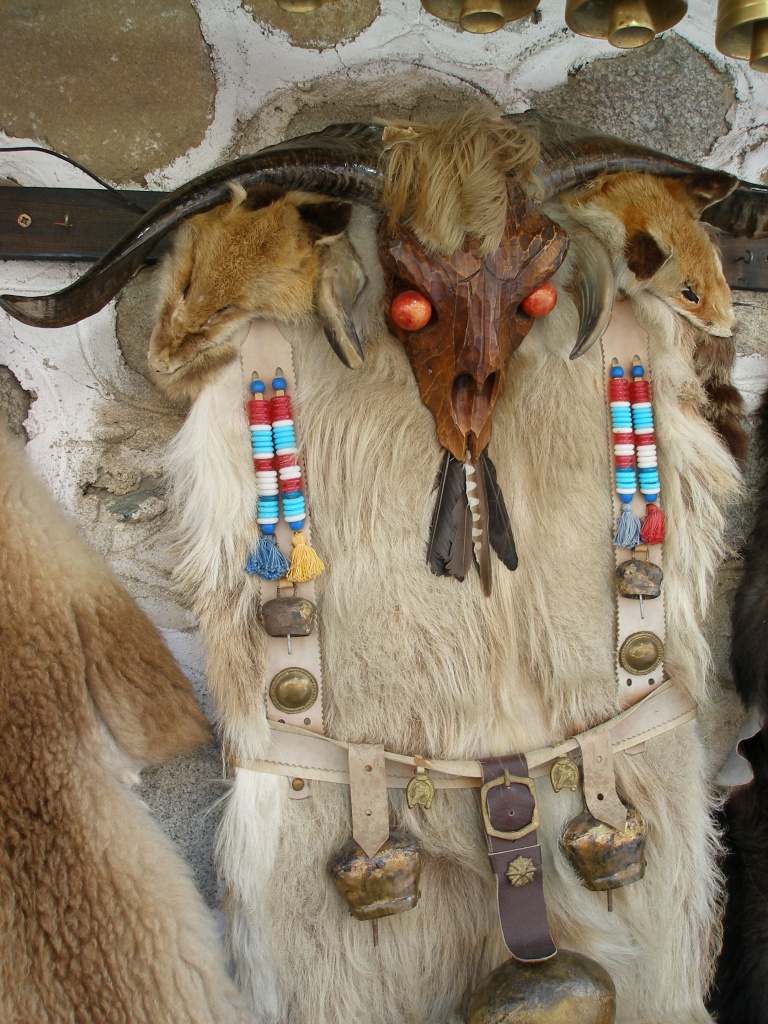
All Romanians are tireless dancers. All the New Year night, they enjoy their national dances tirelessly - both old and young - streaming with sweat. Well, as usual, the festival ends with fireworks, and also fortune-telling. Usually they tell fortunes on New Year's day. But since the Romanians are very superstitious, they use garlic and try to make as much noise as possible to drive all evil spirits away. They also believe here that on January 1, nothing can be thrown away - not to lose good luck. For the same reason, the mistress of the house does not go outside until the arrival of the first guest. It is only important that the guest does not turn out to be blond - otherwise one should wait for troubles! But, as you know, the majority of the local population are raven-heads, so the probability of having an unwanted guest is very small. And if this happens, then you need to eat a piece of Christmas cake with a happy coin inside as soon as possible, and a good mood will not leave you any more!
